|
Your search criteria found 478 images Mission |
| My List |
Addition Date | Target | Mission | Instrument |
Size
|

|
1996-11-13 | Jupiter |
Voyager |
VG ISS - Narrow Angle |
790x900x3 |

|
|||||

|
1996-11-13 | Jupiter |
Voyager |
VG ISS - Narrow Angle |
850x575x3 |
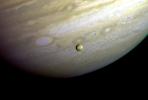
|
|||||

|
1996-10-23 | Uranus |
Voyager |
VG ISS - Narrow Angle |
506x958x1 |

|
|||||

|
1996-09-26 | Dione |
Voyager |
VG ISS - Narrow Angle |
1200x1180x1 |
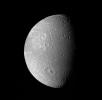
|
|||||

|
1996-09-26 | Triton |
Voyager |
VG ISS - Narrow Angle |
923x264x3 |

|
|||||

|
1996-09-26 | Triton |
Voyager |
VG ISS - Narrow Angle |
800x795x1 |
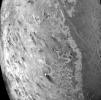
|
|||||

|
1996-09-26 | Triton |
Voyager |
VG ISS - Narrow Angle |
326x471x1 |

|
|||||

|
1996-09-26 | Europa |
Voyager |
VG ISS - Narrow Angle |
704x680x3 |
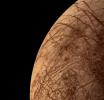
|
|||||

|
1996-09-26 | Jupiter |
Voyager |
VG ISS - Narrow Angle |
607x496x3 |
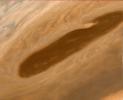
|
|||||

|
1996-09-26 | Callisto |
Voyager |
VG ISS - Narrow Angle |
800x800x3 |
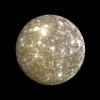
|
|||||

|
1996-09-26 | Jupiter |
Voyager |
VG ISS - Narrow Angle |
846x800x3 |
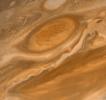
|
|||||

|
1996-09-26 | Jupiter |
Voyager |
VG ISS - Narrow Angle |
500x500x3 |
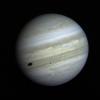
|
|||||

|
1996-09-26 | Jupiter |
Voyager |
Imaging Science Subsystem |
400x400x3 |
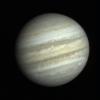
|
|||||

|
1996-09-26 | Jupiter |
Voyager |
VG ISS - Narrow Angle |
600x600x3 |
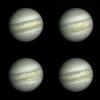
|
|||||

|
1996-09-26 | Jupiter |
Voyager |
1471x1238x3 | |
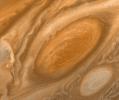
|
|||||

|
1996-09-13 | Earth |
Voyager |
VG ISS - Narrow Angle |
620x500x3 |
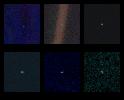
|
|||||

|
1996-09-13 | Sol (our sun) |
Voyager |
VG ISS - Wide Angle |
4000x1200x3 |

|
|||||

|
1996-09-13 | Sol (our sun) |
Voyager |
VG ISS - Wide Angle |
3430x2650x3 |
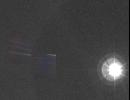
|
|||||

|
1996-09-12 | Earth |
Voyager |
VG ISS - Narrow Angle |
453x614x3 |

|
|||||

|
1996-08-29 | Earth |
Voyager |
565x790x3 | |

|
|||||

|
1996-08-12 | Callisto |
Voyager |
VG ISS - Narrow Angle |
2000x2000x3 |
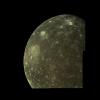
|
|||||

|
1996-08-09 | Europa |
Voyager |
400x400x3 | |
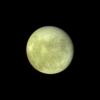
|
|||||

|
1996-08-09 | Europa |
Voyager |
Near Infrared Camera |
1500x2000x3 |

|
|||||

|
1996-08-01 | Miranda |
Voyager |
2500x2200x1 | |
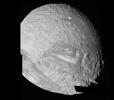
|
|||||

|
1996-08-01 | Uranus |
Voyager |
VG ISS - Narrow Angle |
2000x1000x3 |
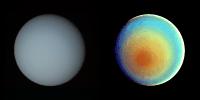
|
|||||

|
1996-08-01 | Jupiter |
Voyager |
2798x2030x3 | |
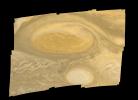
|
|||||

|
1996-07-17 | Ganymede |
Voyager |
VG ISS - Narrow Angle |
460x780x1 |

|
|||||

|
1996-07-17 | Ganymede |
Voyager |
VG ISS - Narrow Angle |
300x300x1 |
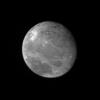
|
|||||

|
1996-07-17 | Ganymede |
Voyager |
VG ISS - Narrow Angle |
300x300x3 |
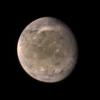
|
|||||

|
1996-06-03 | Io |
Voyager |
684x803x3 | |

|
|||||

|
1996-03-13 | Jupiter |
Voyager |
VG ISS - Narrow Angle |
1000x1000x3 |
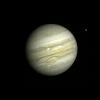
|
|||||

|
1996-02-01 | Jupiter |
Voyager |
VG ISS - Narrow Angle |
895x848x3 |
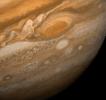
|
|||||

|
1996-01-31 | Umbriel |
Voyager |
VG ISS - Narrow Angle |
400x400x1 |
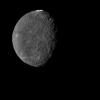
|
|||||

|
1996-01-29 | Jupiter |
Voyager |
VG ISS - Narrow Angle |
820x540x3 |
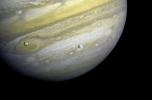
|
|||||

|
1996-01-29 | Uranus |
Voyager |
VG ISS - Wide Angle |
794x960x3 |

|
|||||

|
1996-01-29 | Ganymede |
Voyager |
VG ISS - Narrow Angle |
2000x2000x3 |
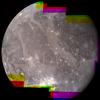
|
|||||

|
1996-01-29 | Neptune |
Voyager |
VG ISS - Wide Angle |
844x732x3 |
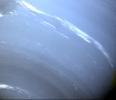
|
|||||

|
1996-01-29 | Neptune |
Voyager |
682x596x3 | |
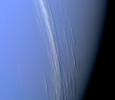
|
|||||

|
1996-01-29 | Neptune |
Voyager |
780x780x3 | |
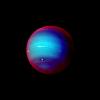
|
|||||

|
1996-01-29 | Neptune |
Voyager |
VG ISS - Wide Angle |
650x650x3 |
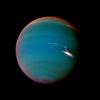
|
|||||

|
1996-01-29 | Neptune |
Voyager |
VG ISS - Narrow Angle |
884x698x3 |
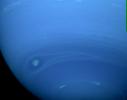
|
|||||

|
1996-01-29 | Neptune |
Voyager |
VG ISS - Narrow Angle |
1200x1297x3 |

|
|||||

|
1996-01-29 | Neptune |
Voyager |
VG ISS - Narrow Angle |
1000x1000x3 |
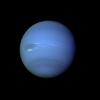
|
|||||

|
1996-01-29 | Miranda |
Voyager |
VG ISS - Narrow Angle |
1016x1002x1 |
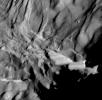
|
|||||

|
1996-01-29 | Ariel |
Voyager |
VG ISS - Narrow Angle |
845x650x3 |
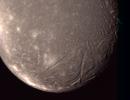
|
|||||

|
1996-01-29 | U Rings |
Voyager |
998x1499x1 | |

|
|||||

|
1996-01-29 | Titania |
Voyager |
VG ISS - Narrow Angle |
700x700x3 |
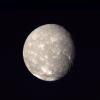
|
|||||

|
1996-01-29 | Saturn |
Voyager |
VG Imaging Science Subsystem |
1000x1000x3 |

|
|||||

|
1996-01-29 | U Rings |
Voyager |
VG ISS - Wide Angle |
782x763x1 |
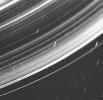
|
|||||

|
1996-01-29 | Miranda |
Voyager |
VG ISS - Narrow Angle |
774x787x1 |

|
|||||

|
1996-01-29 | Miranda |
Voyager |
VG ISS - Narrow Angle |
789x768x1 |
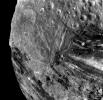
|
|||||

|
1996-01-29 | Neptune |
Voyager |
VG ISS - Narrow Angle |
934x722x1 |

|
|||||

|
1996-01-29 | Triton |
Voyager |
1000x1000x1 | |
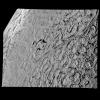
|
|||||

|
1996-01-29 | Neptune |
Voyager |
600x800x1 | |

|
|||||

|
1996-01-29 | N Rings |
Voyager |
VG ISS - Wide Angle |
785x1000x1 |

|
|||||

|
1996-01-29 | Nereid |
Voyager |
200x200x1 | |
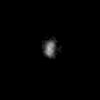
|
|||||

|
1996-01-29 | Neptune |
Voyager |
330x330x1 | |
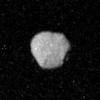
|
|||||

|
1996-01-29 | Neptune |
Voyager |
430x465x1 | |

|
|||||

|
1996-01-29 | Neptune |
Voyager |
VG ISS - Narrow Angle |
400x970x1 |
|
|
|||||

|
1996-01-29 | Titania |
Voyager |
VG ISS - Narrow Angle |
640x760x1 |

|
|||||

|
1996-01-29 | Miranda |
Voyager |
764x785x1 | |

|
|||||

|
1996-01-29 | Oberon |
Voyager |
500x500x3 | |
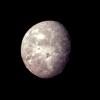
|
|||||

|
1996-01-29 | U Rings |
Voyager |
399x500x3 | |

|
|||||

|
1996-01-29 | Saturn |
Voyager |
770x910x3 | |

|
|||||

|
1996-01-29 | Saturn |
Voyager |
400x300x3 | |
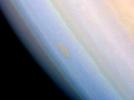
|
|||||

|
1996-01-29 | Saturn |
Voyager |
971x855x3 | |
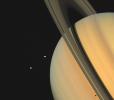
|
|||||

|
1996-01-29 | Io |
Voyager |
VG ISS - Narrow Angle |
1000x1000x3 |
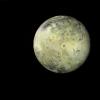
|
|||||

|
1996-01-29 | Jupiter |
Voyager |
908x880x3 | |
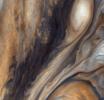
|
|||||

|
1996-01-29 | Jupiter |
Voyager |
908x880x3 | |
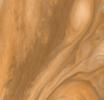
|
|||||

|
1996-01-29 | Jupiter |
Voyager |
Imaging Science Subsystem |
896x928x3 |

|
|||||

|
1996-01-29 | Jupiter |
Voyager |
760x876x3 | |

|
|||||

|
1996-01-29 | Jupiter |
Voyager |
VG Imaging Science Subsystem |
940x886x3 |
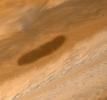
|
|||||

|
1996-01-29 | Io |
Voyager |
1160x1160x3 | |
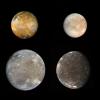
|
|||||

|
1996-01-29 | Jupiter |
Voyager |
2000x536x3 | |

|
|||||

|
1989-10-27 | Triton |
Voyager |
900x1558x1 | |

|
|||||

|
1989-10-02 | Triton |
Voyager |
932x1884x1 | |
|
|
|||||

|
1986-12-18 | Uranus |
Voyager |
VG ISS - Narrow Angle |
1720x1720x3 |
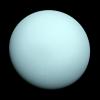
|
|||||

|
1986-01-25 | Miranda |
Voyager |
VG ISS - Narrow Angle |
571x574x1 |

|
|||||

|
 |
 |
 |
 |
 |
|
| 1-100 | 101-200 | 201-300 | 301-400 | 401-500 |
| Currently displaying images: 401 - 478 of 478 |